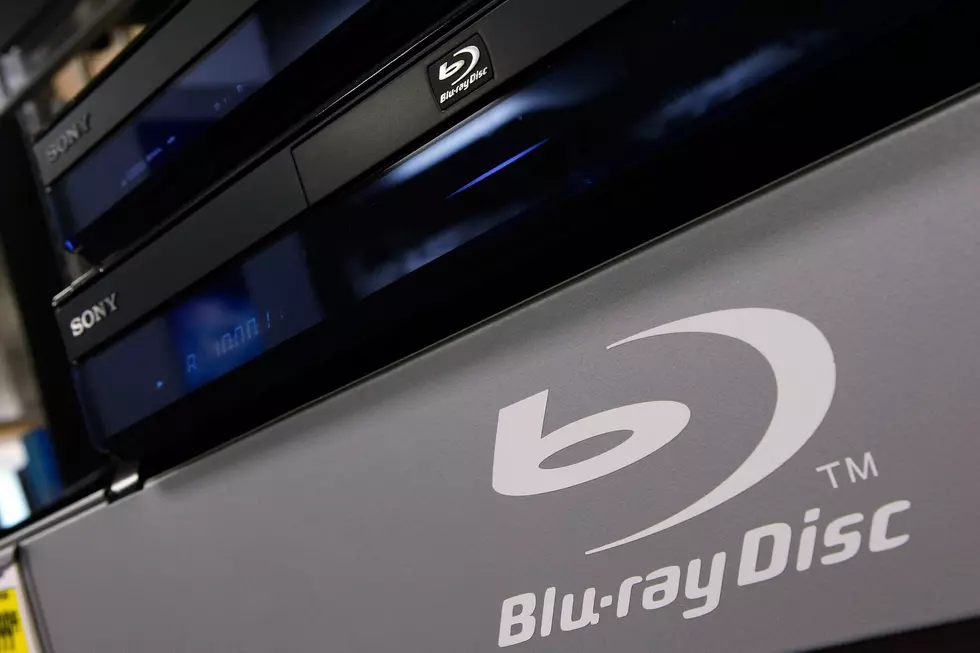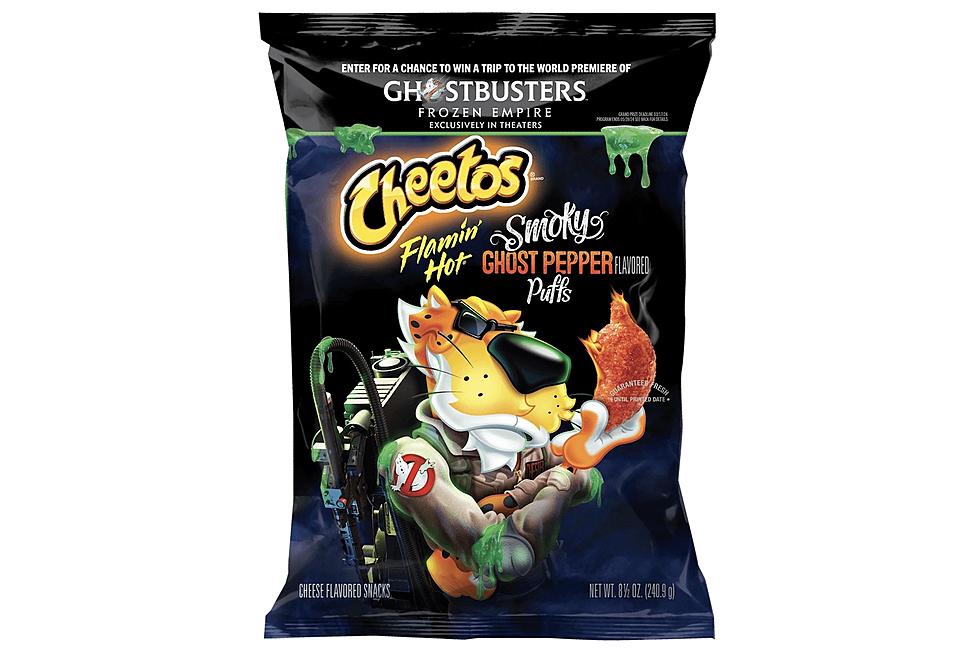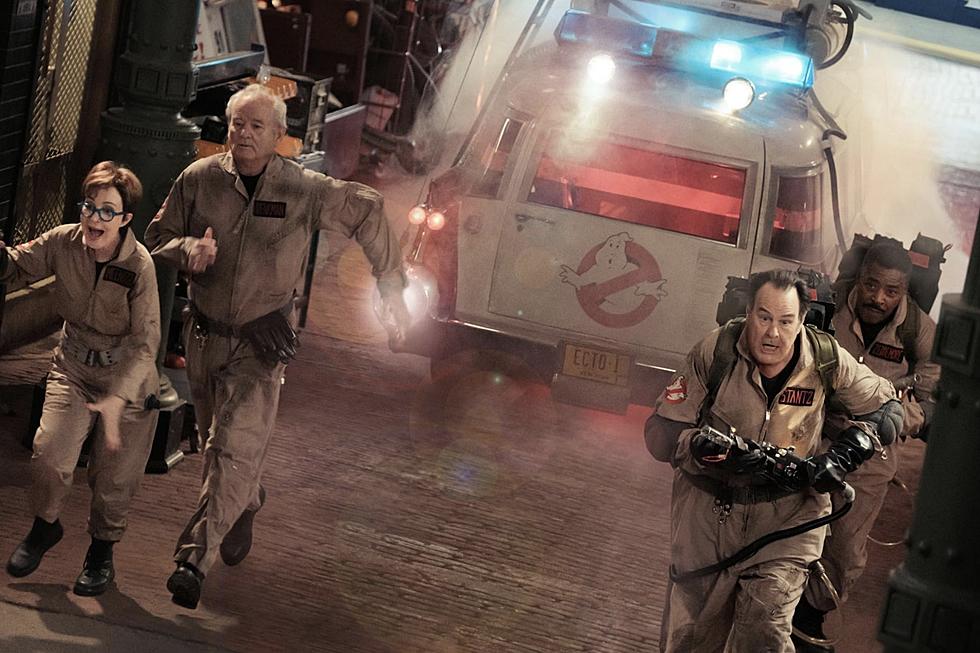
‘Ghostbusters’ Review: Busting Makes Me Feel Mostly Pretty Good
The very last line of Paul Feig’s Ghostbusters is “That isn’t terrible at all,” dialogue that can only be interpreted as a final nod to a fanbase that has worked itself into a lather for months fretting about this reboot’s tone, special effects, and particularly its female-centric cast. It feels sort of like when the doctor gives you a pep talk after a shot you’ve been dreading. Or when Ray Stanz says to Peter Venkman and Egon Spengler after they catch their first ghost, That wasn’t such a chore now, was it?
It really wasn’t. The new Ghostbusters is often very entertaining. How could it not be when it stars four of the most talented comedians on the planet under the direction of one of the sharpest comedy directors in Hollywood? This team made exactly the sort of Ghostbusters you want them to make: Funny, a little bit spooky, and full of heartfelt camaraderie. And for all the misogynist hand-wringing, its four leading ladies — Melissa McCarthy, Kristen Wiig, Leslie Jones, and Kate McKinnon — are easily the best part.
The movie only stumbles when it loses that sense of fun, and when it tries too hard to prove its love for the old Ghostbusters with too many callbacks. Fans love to quote Ghostbusters, and the new movie does too. Barely a scene goes by without some kind of reference to the 1984 Ivan Reitman original. There are plot-stopping cameos from surviving cast members like Bill Murray and Dan Aykroyd. There are returns to famous Ghostbusters locations. There are phrases — and even whole lines of dialogue — repeated verbatim. And there are knowing allusions to the old movie that will only be spotted by the most hardcore fans. Some of it is just overkill; not one but two characters deliver a variation of Annie Potts’ famous line as the Ghostbusters’ grumpy receptionist, “Ghostbusters, whaddya want?!”
Maybe it’s only fitting that a movie about ghosts should feel so haunted by the specter of films past. But Feig and his co-writer Katie Dippold went overboard piling on the hat-tips in what feels a misguided attempt to appease militant Ghostbusters fans. No amount of overcompensation will change the minds of people who’ve dismissed a movie before they watch it, and viewers who are on board with the idea of a new Ghostbusters will have to endure constant reminders of the previous one.
The moments that shine are the ones about this movie and its characters, who thankfully aren’t gender-swapped carbon copies of Peter Venkman, Winston Zeddemore, and the rest. Wiig’s Erin Gilbert is an uptight physicist and college professor haunted by a ghost from her past: A book about the paranormal she wrote years earlier with an old friend, Abby Yates (McCarthy). Erin destroyed every copy, but a new one shows up at her doorstep in the hands of the caretaker of New York’s oldest residence (Ed Begley Jr.), who wants Erin to help him determine whether the place is haunted. It’s the first example of an effective recurring theme throughout the film about how old trauma refuses to stay buried, whether that’s in the form of emotional scars or full-torso apparitions.
It turns out Abby put their book back in print without Erin’s permission to fund her ghost-catching experiments with an eccentric tinkerer named Holtzmann (a wide-eyed McKinnon in full mad scientist mode). Erin’s visit to Abby and Holtzmann’s lab sparks a reconciliation, and leads the trio into a battle with a city-wide ghoul infestation. Along the way they pick up a fourth teammate, a resourceful MTA worker named Patty (Jones) with an encyclopedic knowledge of New York history, and a handsome but dim-witted receptionist named Kevin (Chris Hemsworth).
The stars’ chemistry is undeniable, and the banter between the foursome yields most of the film’s highlights (although the single best line in the movie belongs to Andy Garcia, who plays the Mayor of New York). Feig and Dippold also make canny use of the backlash against their film, weaving a message of female empowerment through the Ghostbusters’ arc and even some of the ghosts themselves (like the one who was locked away in a basement by her father). The film’s main villain, Rowan (Neil Casey), can definitely be read as an allegorical internet troll who hates everything (including the Ghostbusters), and there’s at least one scene where Wiig and McCarthy directly respond to angry online commenters while the team reckons with their sudden fame.
This is Paul Feig’s third film in a row to deconstruct a popular (and previously male-dominated) genre. The Heat was a buddy cop flick with two women in the leads; Spy gave Melissa McCarthy the chance to play a Moneypenny who becomes James Bond. He likes to make action comedies that honor and mock genre tropes simultaneously, but their comedic sides tend to work a lot better than their action sequences. That’s definitely true of Ghostbusters, which melts like the Stay Puft Marshmallow Man in a proton stream in its final act, when the humor of the previous 90 minutes gets lost amidst a lot of messy CGI and slo-mo ghost combat. And to be totally honest, the post-credits scene, with yet another unnecessary nod to the original Ghostbusters, made me groan out loud.
But the missteps don’t negate the fun of the first two-thirds. Warts and all, the new Ghostbusters is still one of the best tentpoles of the summer (admittedly, that’s not saying much). It doesn’t tarnish the legacy of the original movie, and its own legacy might have been even stronger if it hadn’t worried about paying homage to the old Ghostbusters quite so intensely. The spirit of both Ghostbuster teams is irreverent; the spirit of the new movie is overly reverent in a way that doesn’t quite suit the characters, or the franchise as a whole. The best tribute they could have made to Ivan Reitman’s great film was a great film that stood completely on its own. This one doesn’t — but it isn’t terrible at all.
Additional Thoughts:
-In a clever bit of gender reversal, the one piece of eye candy in the movie is a man: Chris Hemsworth, who’s very game to send-up his tough-guy image but doesn’t have the best material. Then again, maybe you don’t want a guy upstaging the women in this film.
-One way the new Ghostbusters tries to distinguish itself from the old one is by providing origins for almost everything in this mythos, from the ECTO-1, to the Ghostbusters’ personal interests in the paranormal, to their unusual technology. Most of these ideas are fine, and a few are pretty shrewd (I like the way the movie explains why, after thousands of years of civilization, this is the particular moment ghosts start appearing). But did we really need to know where the team’s iconic logo came from? Did that require an elaborate backstory? To paraphrase a great film, sometimes it’s best to accept the mystery.
More From ScreenCrush









